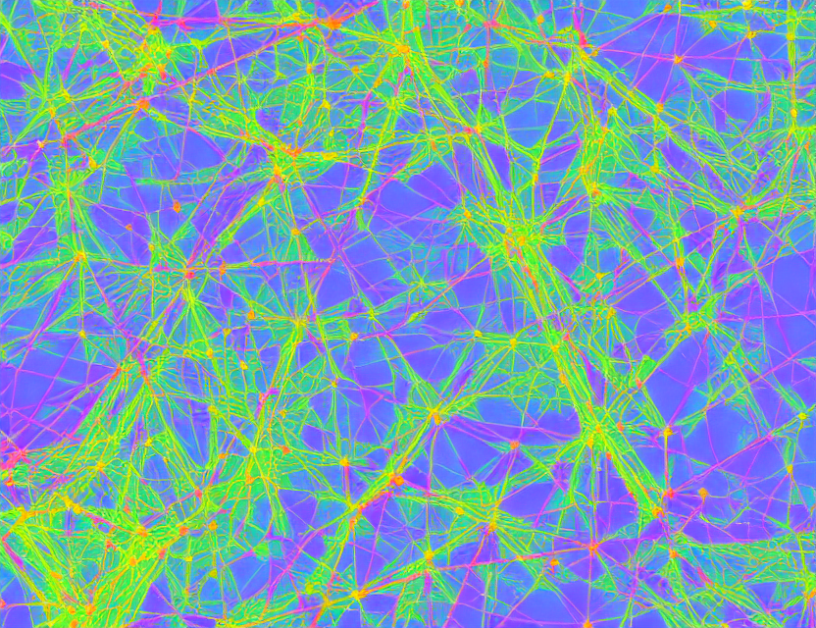In this article, Wei and Ma aim to better understand the complexity of deep neural networks (DNNs) during inference, or the process of making predictions based on a model’s learned patterns. They propose a new technique called Lipschitz augmentation, which adds random noise to the input data in a controlled way to stabilize the DNN’s behavior. This allows them to analyze the sample complexity of DNNs more accurately, providing insights into how these models generalize to new inputs.
To explain this conceptually, imagine you’re trying to build a complex model of a city’s traffic patterns using data from different sensors. The model needs to be able to handle unexpected events like accidents or road closures, but it also needs to be simple enough to make accurate predictions most of the time. Lipschitz augmentation is like adding noise to the sensor data in a way that helps the model learn how to handle these unexpected events better.
Wei and Ma’s approach involves analyzing the sample complexity of DNNs, which is the amount of data needed to train a model accurately. They show that by adding Lipschitz noise to the input data during inference, they can reduce the generalization error of the model, or the difference between the model’s predictions and the true values. This leads to more robust predictions and better generalization to new inputs.
The authors extend their analysis to a more general class of models, showing that their technique can be applied to various types of neural networks beyond just DNNs. They also compare their approach to previous work in the field, demonstrating its advantages in terms of computational efficiency and accuracy.
In summary, Lipschitz augmentation is a new technique for analyzing the sample complexity of deep neural networks during inference. By adding controlled noise to the input data, these models become more robust and accurate in their predictions, leading to better generalization to new inputs. This work provides valuable insights into the behavior of DNNs and paves the way for further research on how to improve their performance and reliability.
Computer Science, Machine Learning
Data-Dependent Sample Complexity of Deep Neural Networks via Lipschitz Augmentation



